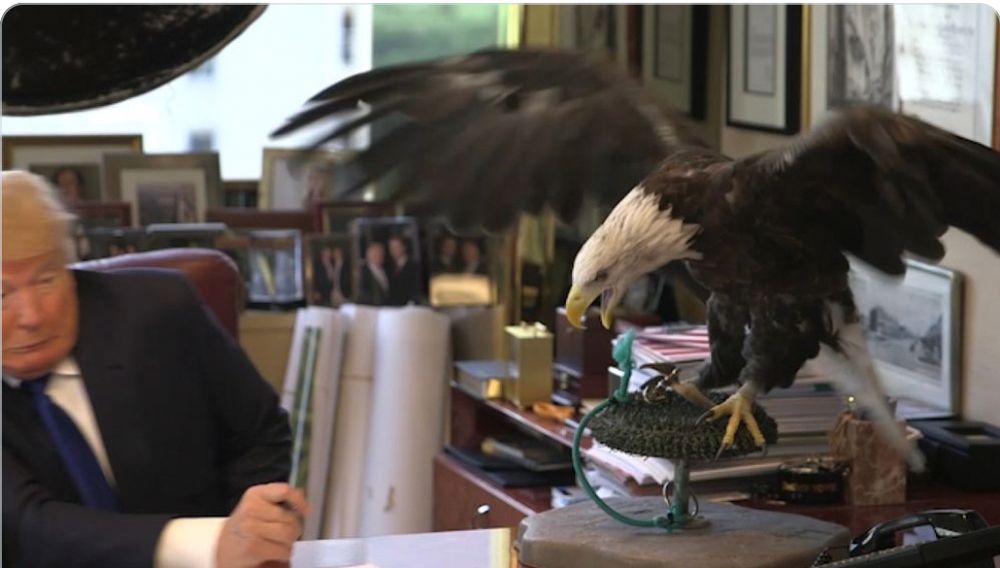


Recent research in Europe adds to their ecological significance: 2 studies found that beaver-engineered wetlands attracted...
Recent research in Europe adds to their ecological significance: 2 studies found that beaver-engineered wetlands attracted...

But...2025 has been the worst year for American science in modern history. Trump’s cuts include >$5.5 billion in grants to the National Science Foundation and National Institutes of Health + 1000s of jobs. 2026 promises to be worse if nothing is done.
But...2025 has been the worst year for American science in modern history. Trump’s cuts include >$5.5 billion in grants to the National Science Foundation and National Institutes of Health + 1000s of jobs. 2026 promises to be worse if nothing is done.



